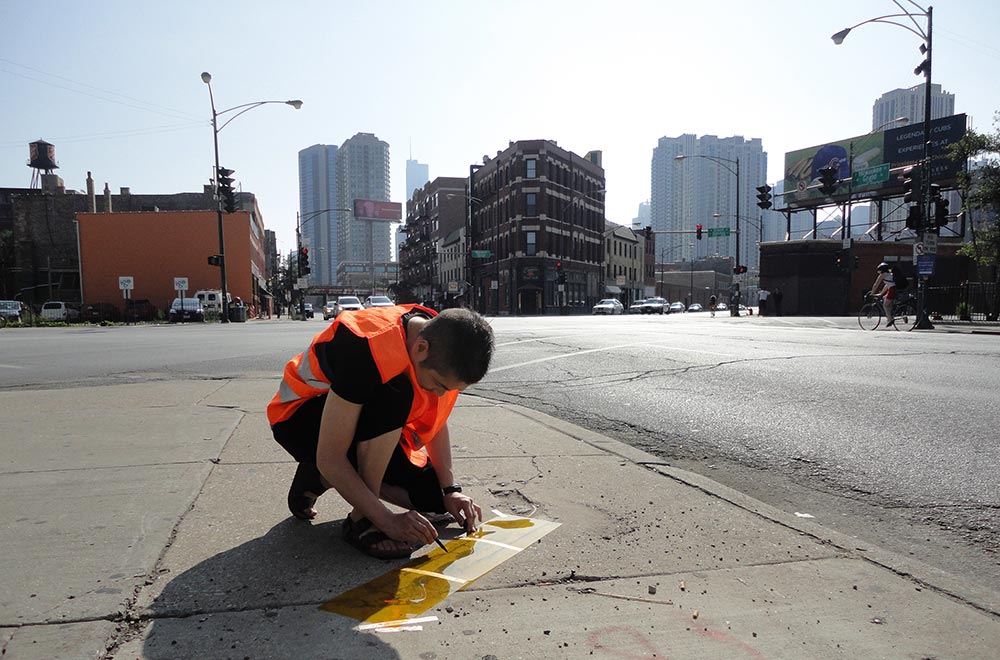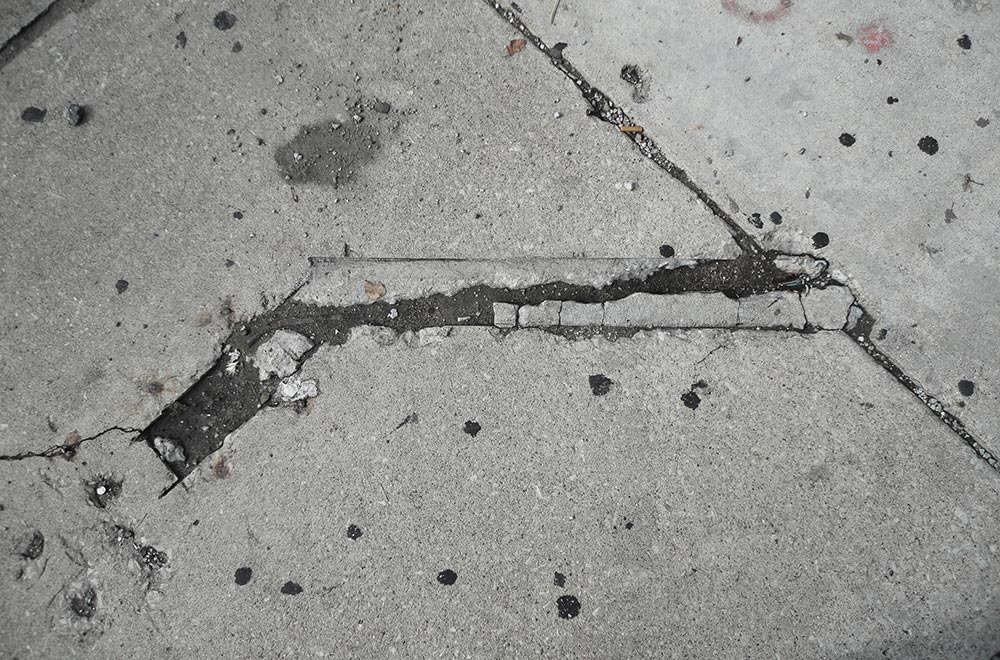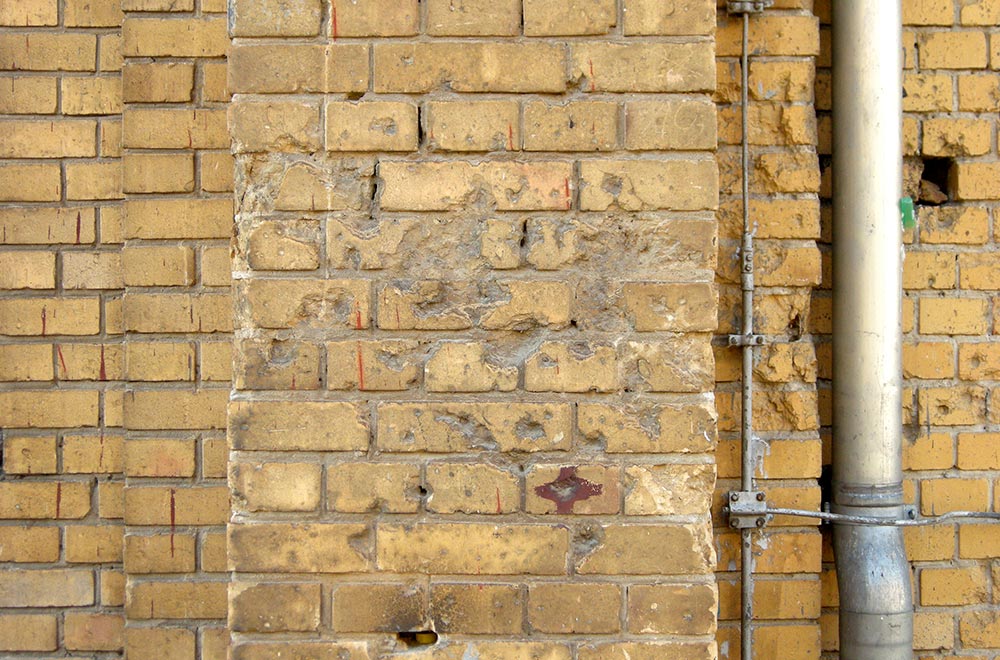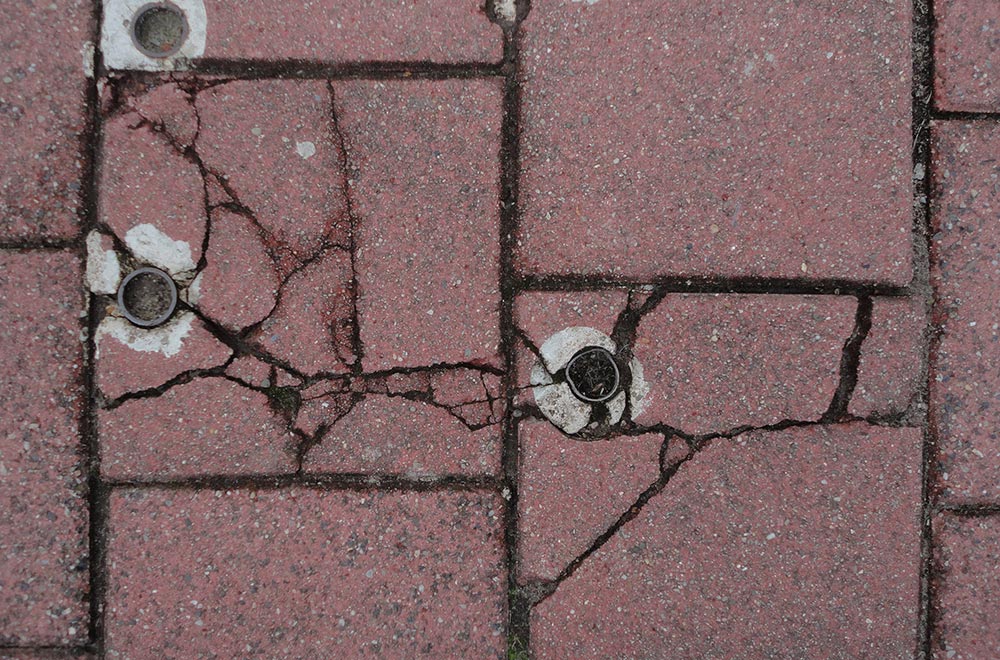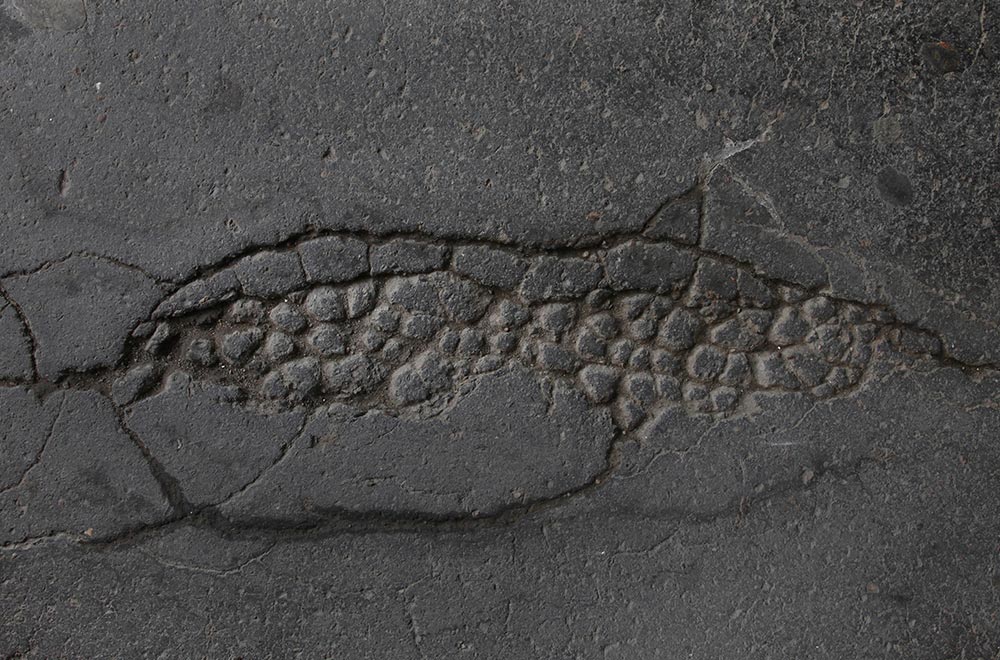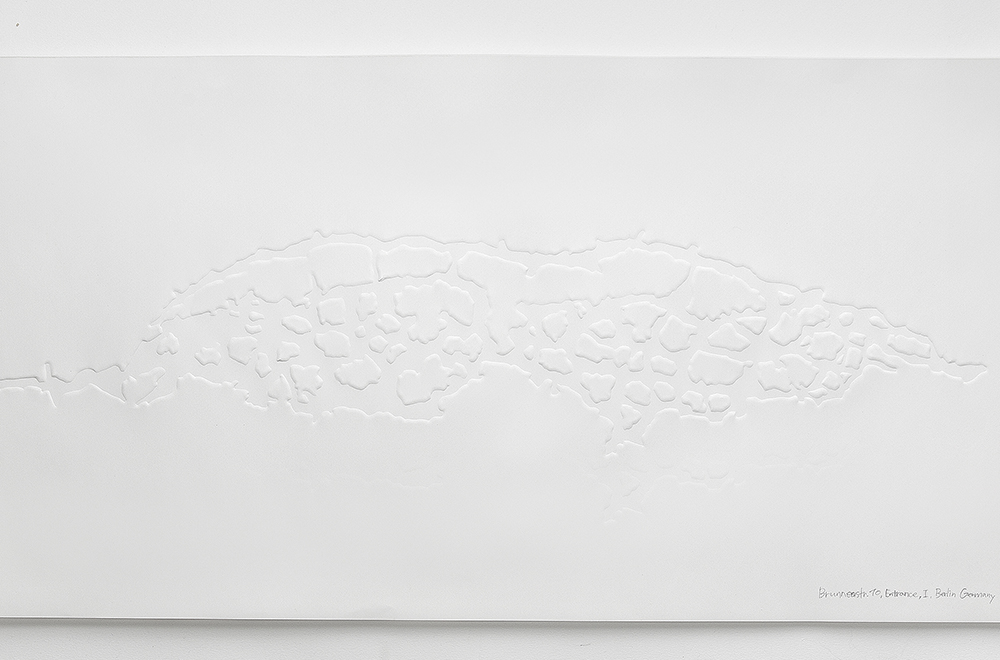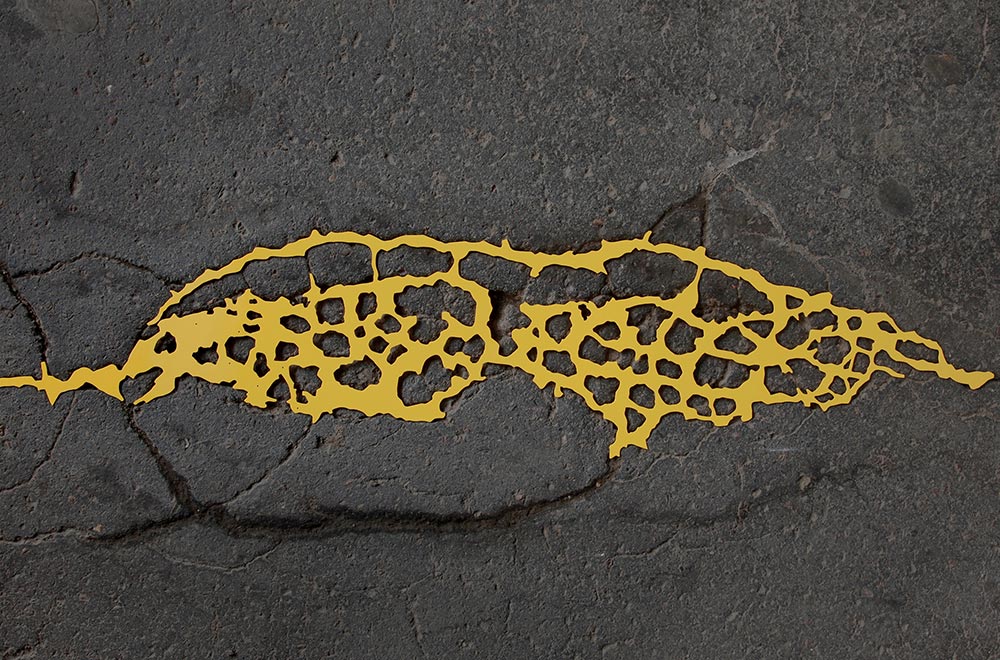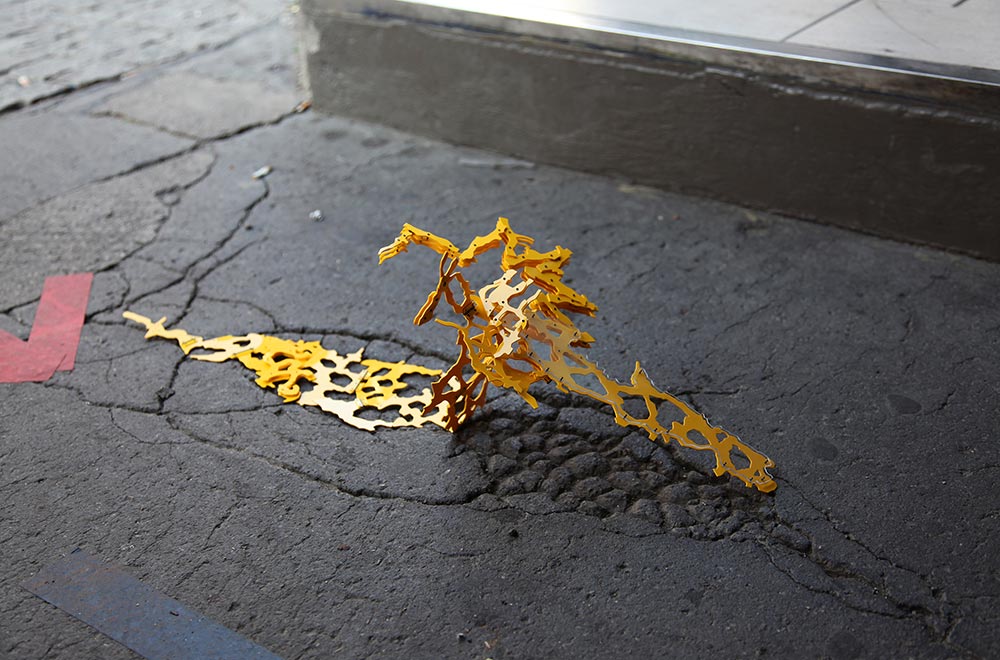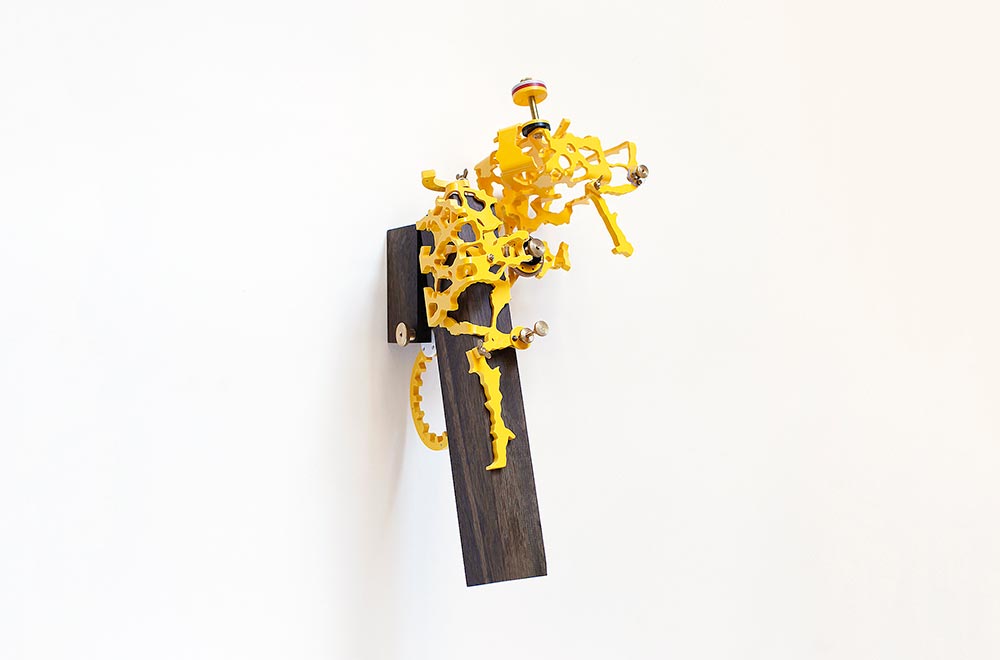Hecomi Study
What is hecomi ?
– The motif of the work –
Hecomi, as I call it, are cracks and fissures or broken off and damaged areas, created by natural forces, on man-made surfaces such as roads or walls. By looking only at their shape one can see that even hecomi, which have a bad image of being old and dirty, have various attractive characteristics such as surprising novelty, heartwarming charm and overwhelming power. This may be because the voice that arose right at the boundary between humans and nature was given a visible form. Also, they are reminiscent of shapes seen on maps or remind us of creatures. Sometimes one may feel a sense of familiarity towards them.
Being intrigued by hecomi, I have used them as a motif for my work since 2000. Hecomi fitting, which is the act of laying a shiny yellow piece of PVC with an inorganic texture right into the crack, represents the attempt to change its negative being to something light, pop, and positive. In Hecomi Finger Drawing, the lack of the hecomi is transformed into an unblemished, pure presence on paper. With Hecomi maps I focus on the fun of comparing shapes by arranging them in the same manner as illustrations in a field guide. I also regard these two-dimensional shapes as a challenge specifically assigned to me. So, instead of using conventional sculpting techniques such as modeling and carving, I research three-dimensional sculpture using a technique I refer to as “folding the plane”. In recent years, I have been conducting city studies by looking at the ground from above and interpret the shape of a city as a hecomi.
「凹み」とは– 作品のモチーフ –
私が呼ぶ凹みとは、路面、壁面などの表面上にできた亀裂、ひび、剥離、破損箇所など、人工物に自然の力が作用して生まれたもののことです。古い、汚いといった負のイメージのある凹みも、純粋に形を観察してみると、意表をつく斬新さ、ほのぼのとする愛嬌、えぐりとるような圧倒的な力など、多様で魅力的なキャラクターを持っていることがわかります。人と自然が関わり合う境に生まれた声が、目に見える形となったものだからかもしれません。また地図上で見つける形や生き物など、どこかで見たことのあるものを連想し、親近感が湧くこともあります。
そのような凹みに惹かれ、2000年より作品のモチーフとしています。「凹みフィッティング」では、無機質な質感で華やかな黄色のPVCを凹みにはめ込むという行為を通して、ネガティブな存在を軽やかでポップなもの、ポジティブなものへと転換することを試みています。「凹みフィンガードローイング」では、凹みという欠落を汚れのない、無垢な存在として紙の上に蘇らせています。「凹みマップ」では、集めた形を図鑑のように並べることで、それぞれの形を比較する面白さに焦点をあてています。
さらに、これら採取した2次元の形を自身に与えられた課題として捉え、モデリングやカーヴィングという従来の彫刻造形手段ではなく、「平面を折り畳む」という手法で、三次元の造形を研究しています。
近年では地上を俯瞰し、そこに表れる街のかたちを凹みと解釈するシティスタディにも取り組んでいます。
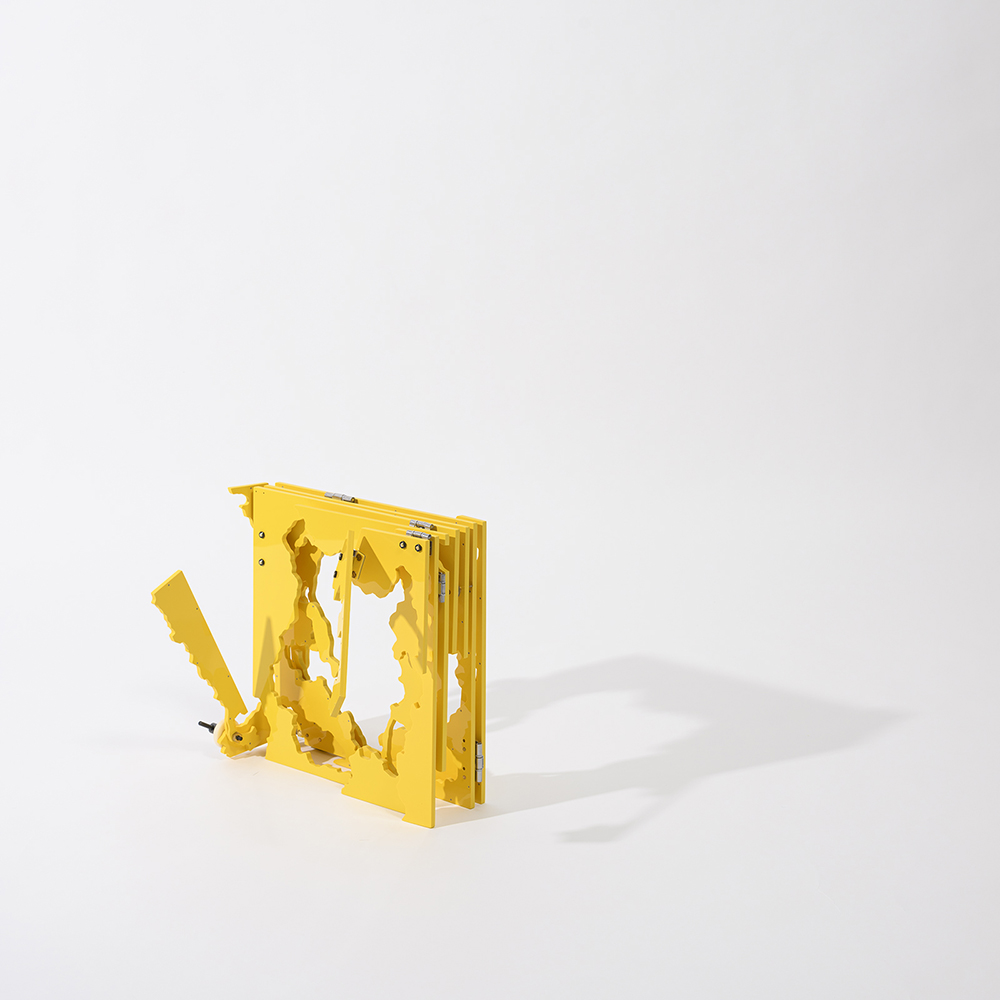
Higashikawa, Hokkaido, Japan
2023
35 x 30 x 23 cm

Higashikawa, Hokkaido, Japan
2021
150 x 83 cm
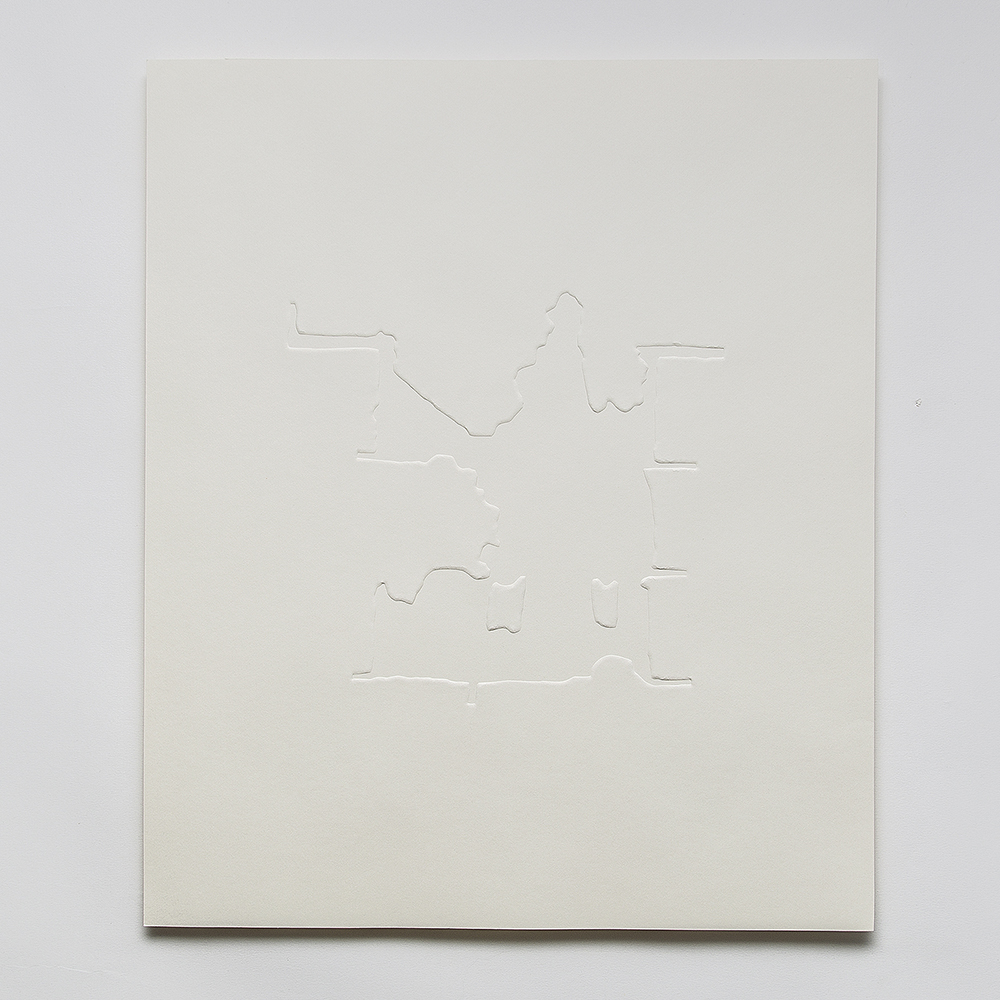
Berlin Germany
2023
44 x 44 cm
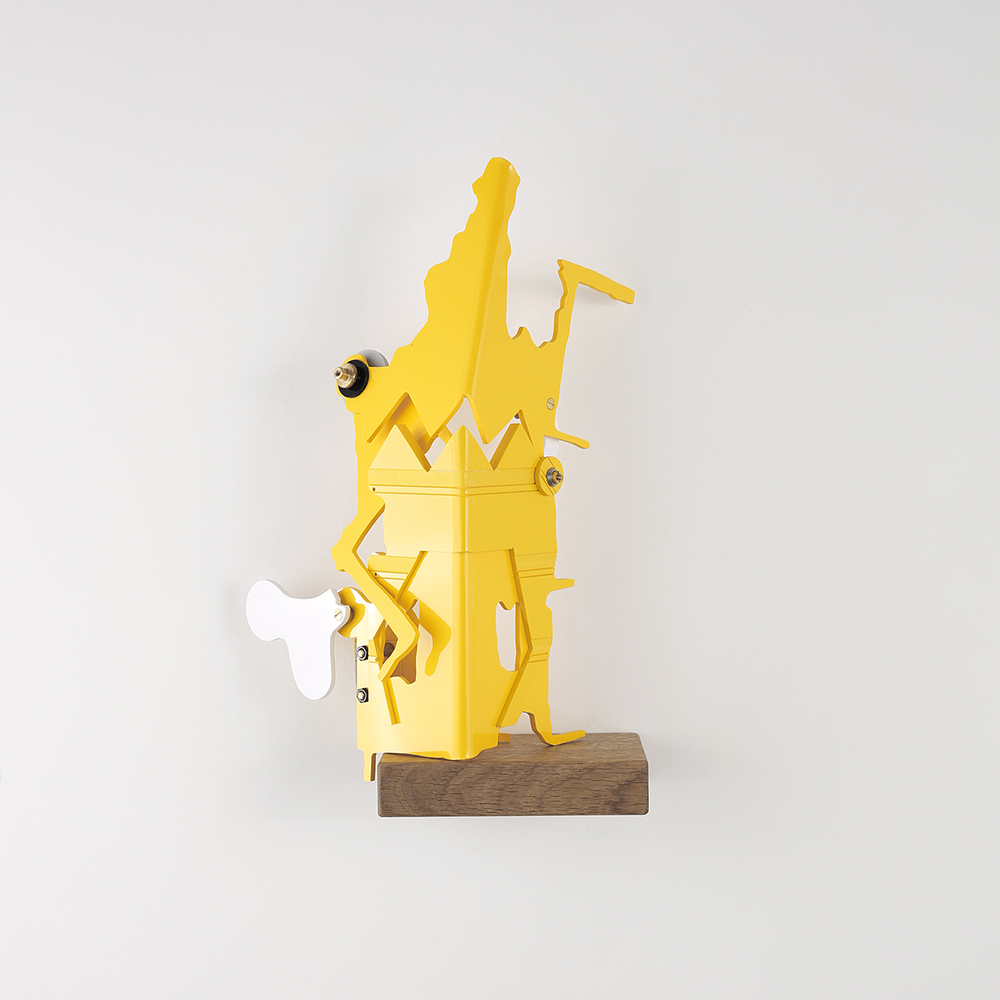
Berlin Germany #1
2022
20 x 30 x 11 cm
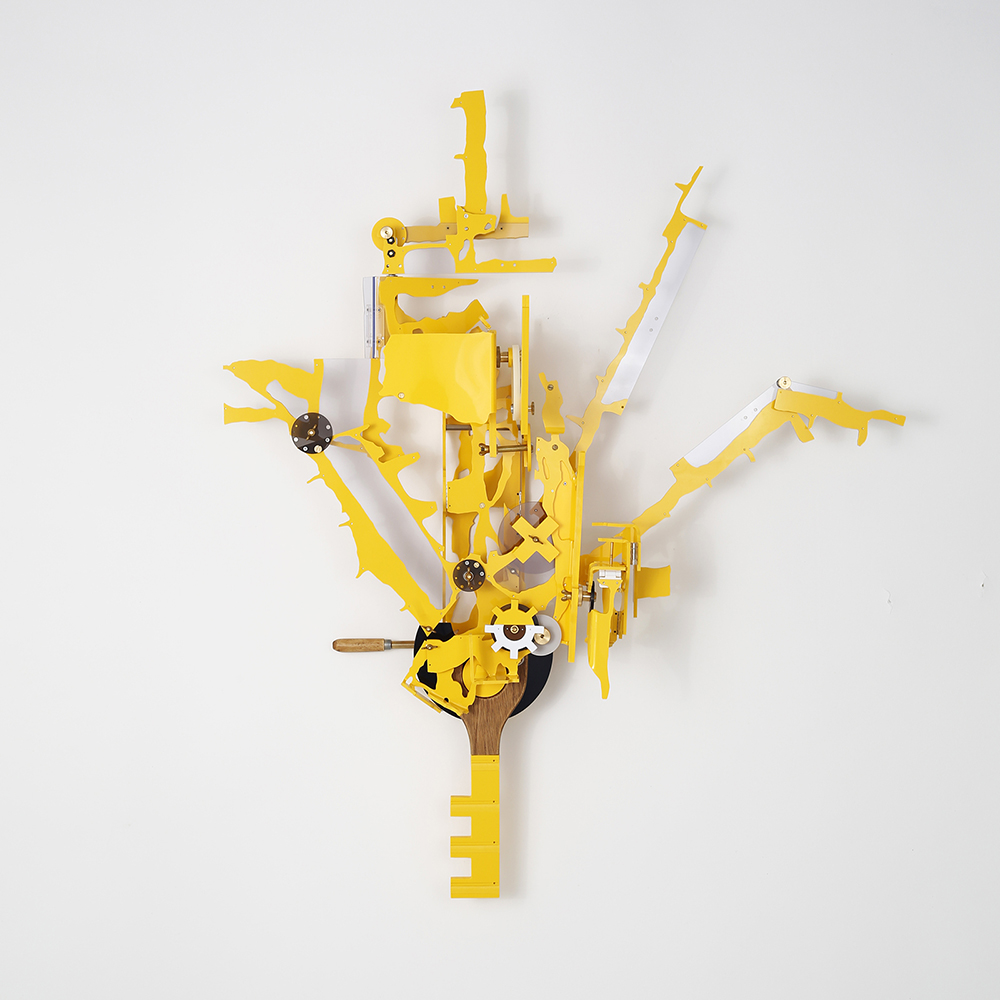
Nijmegen, the Netherlands, State II
2021
67 x 78 x 25 cm

Nijmegen, the Netherlands
2020
101 x 58 cm

Mannheim, Germany
2023
47 x 47 cm
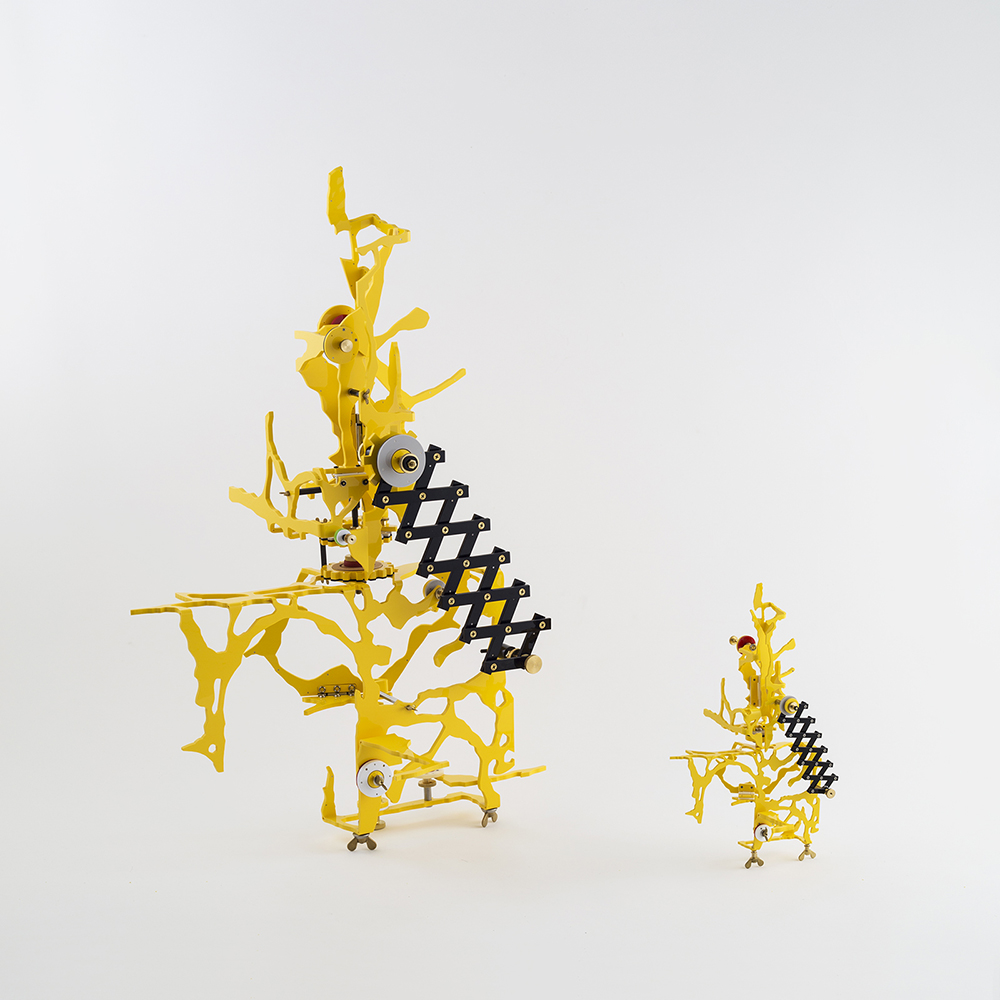
Mannheim, Germany #1, #2 expanded 2.5 times
2020
20 x 35 x 17 cm, 55 x 86 x 42 cm
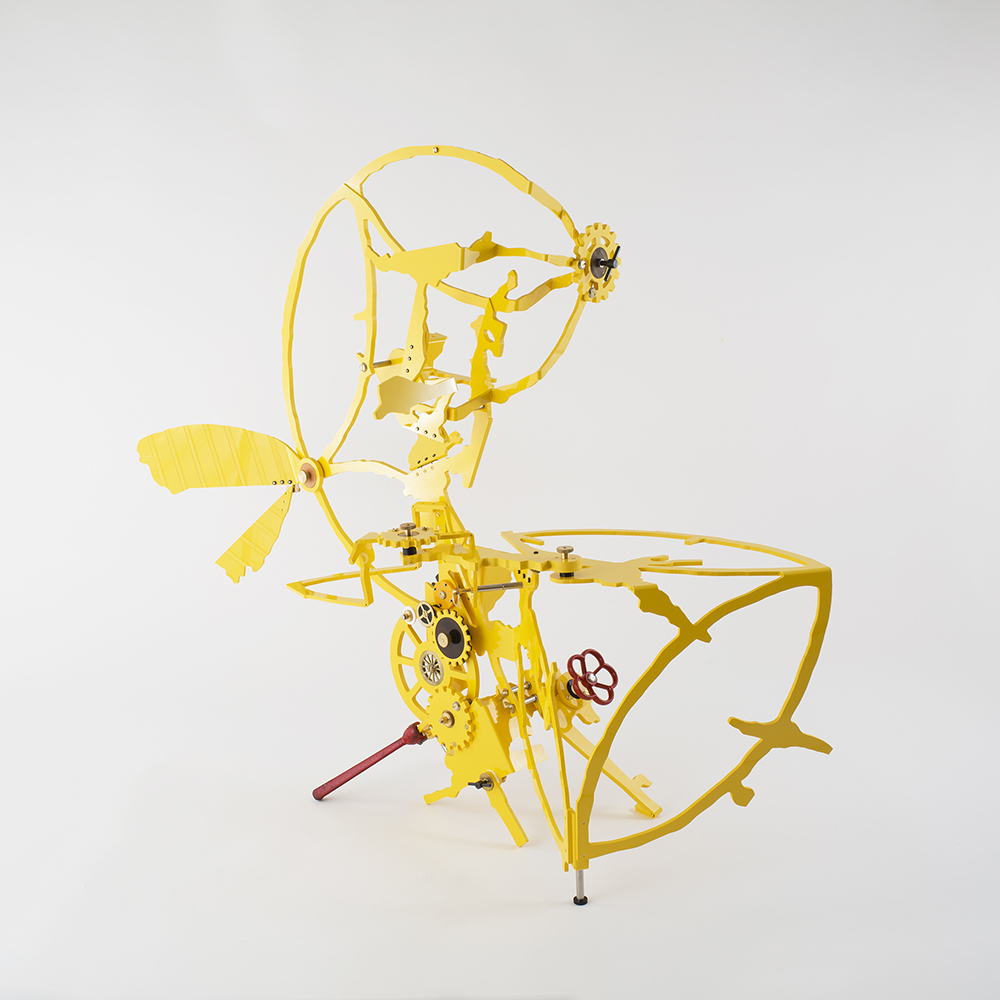
Taipei, Taiwan #5, expanded 3 times
2019
126 x 107 x 50 cm
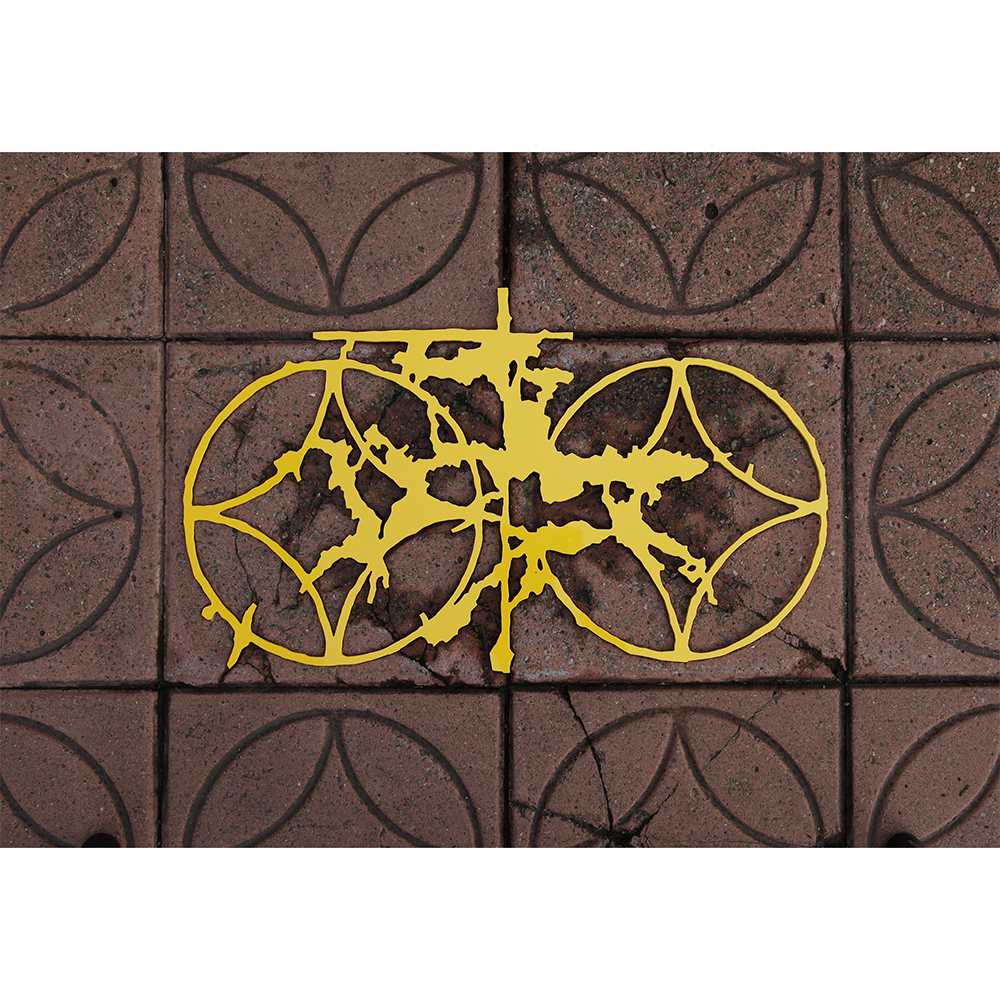
Taipei, Taiwan
2016
55.5 x 33 cm
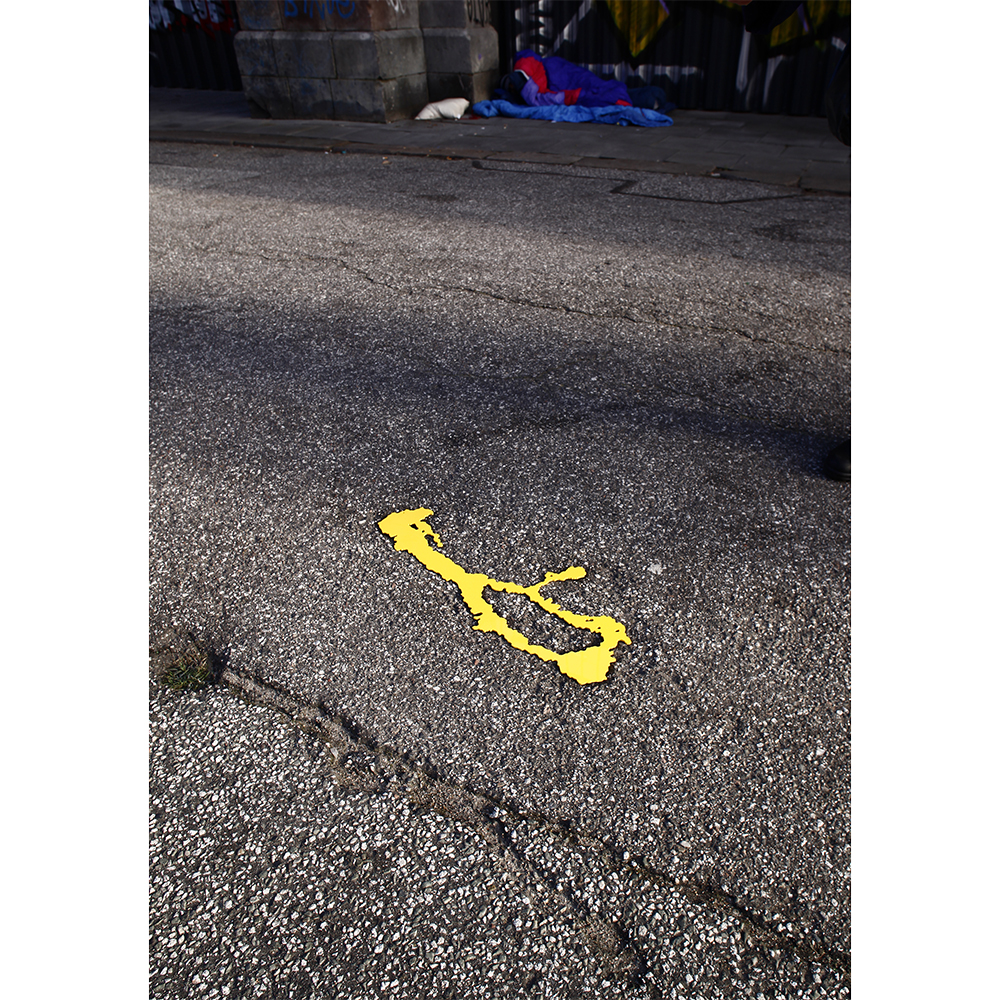
2019
25 x 62.3 cm
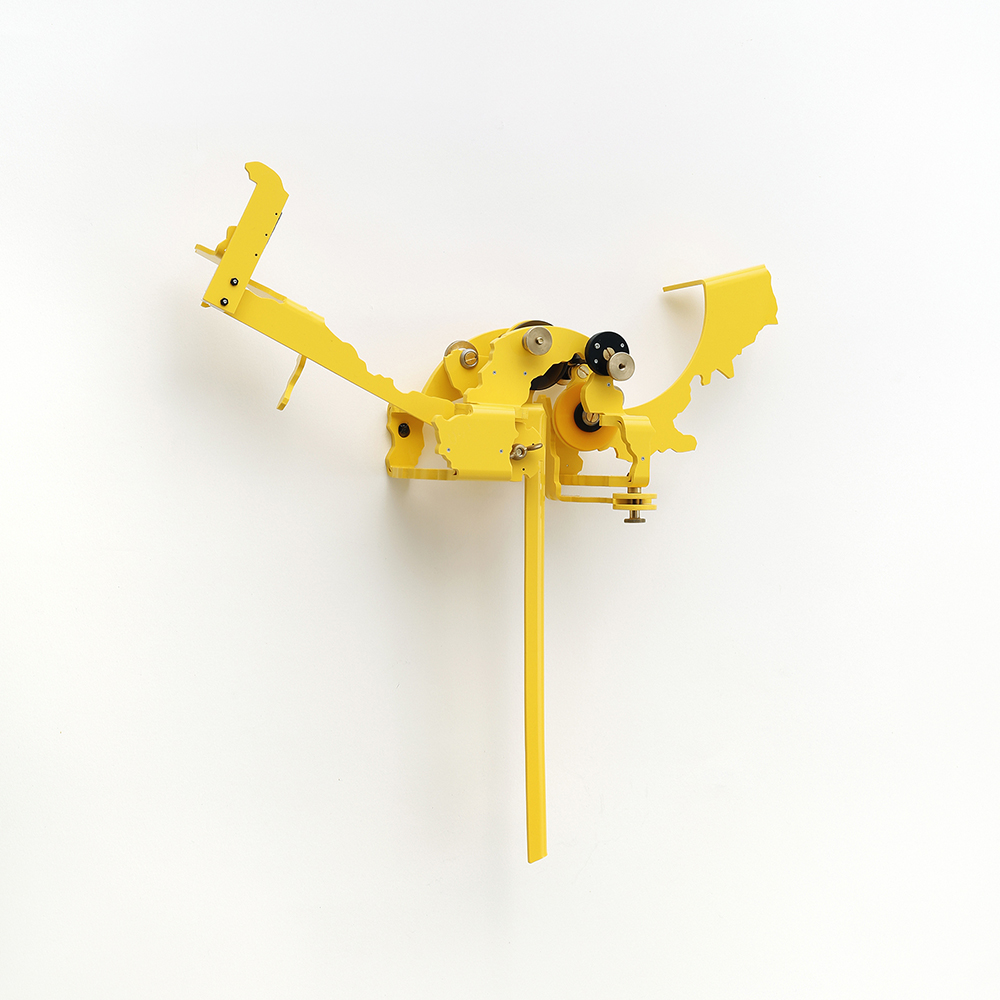
2019
35 x 43 x 10 cm
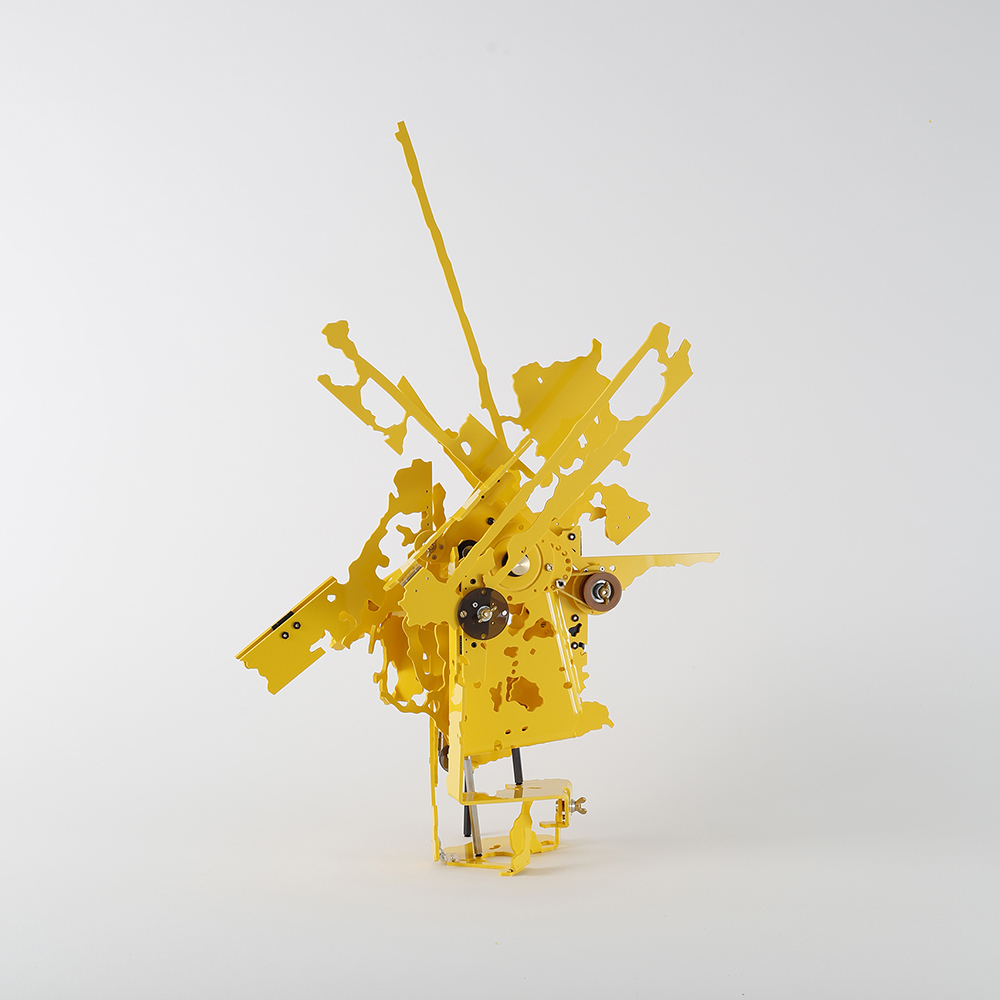
Former Kibe elementary school, Japan
2017
38 x 57 x 21 cm
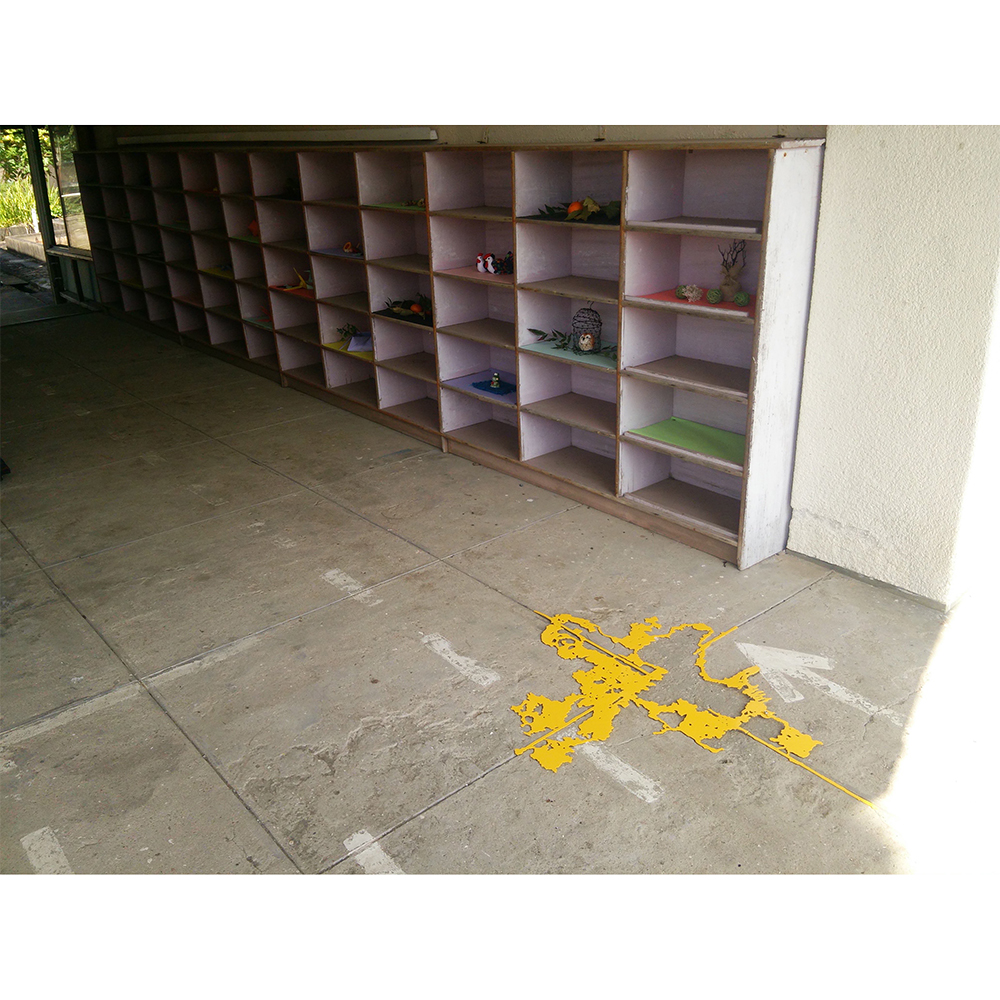
Former Kibe elementary school, Japan
2017

the Netherlands
2010
242 x 102 cm
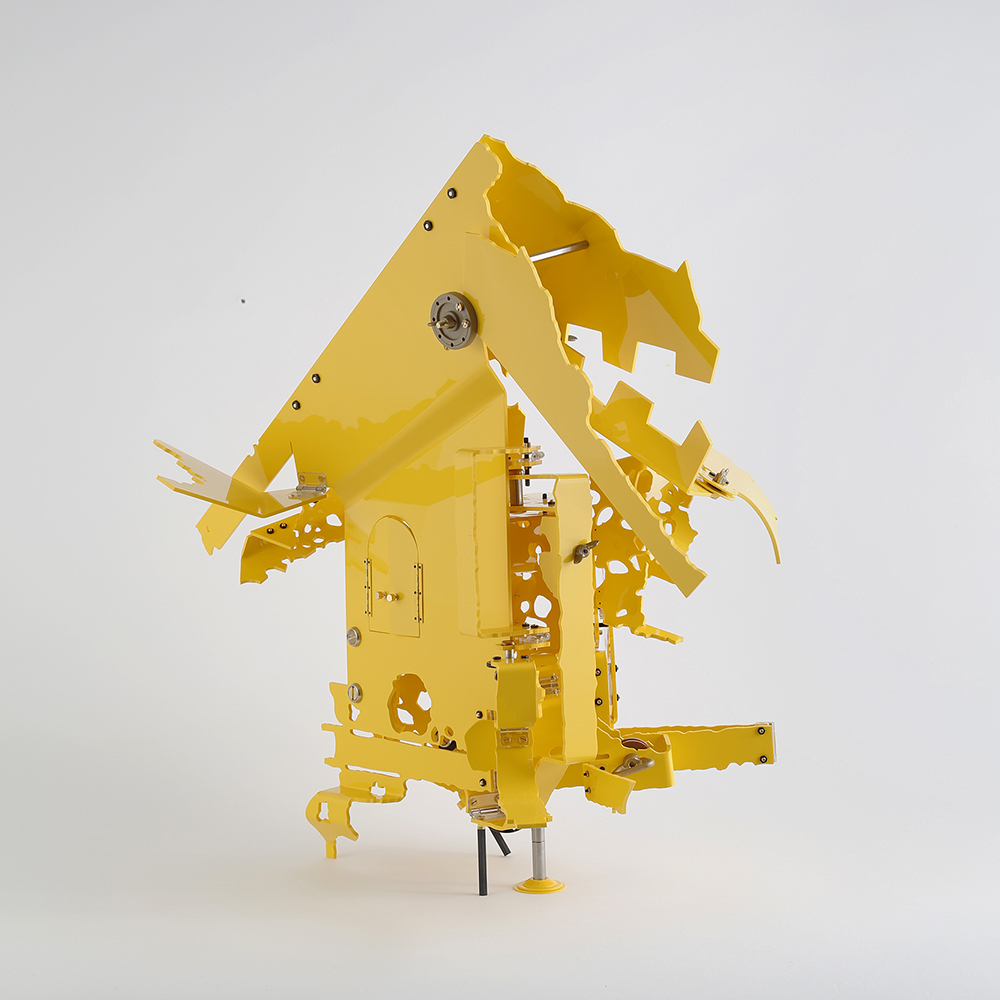
the Netherlands #2
2017
55 × 55 × 35 cm
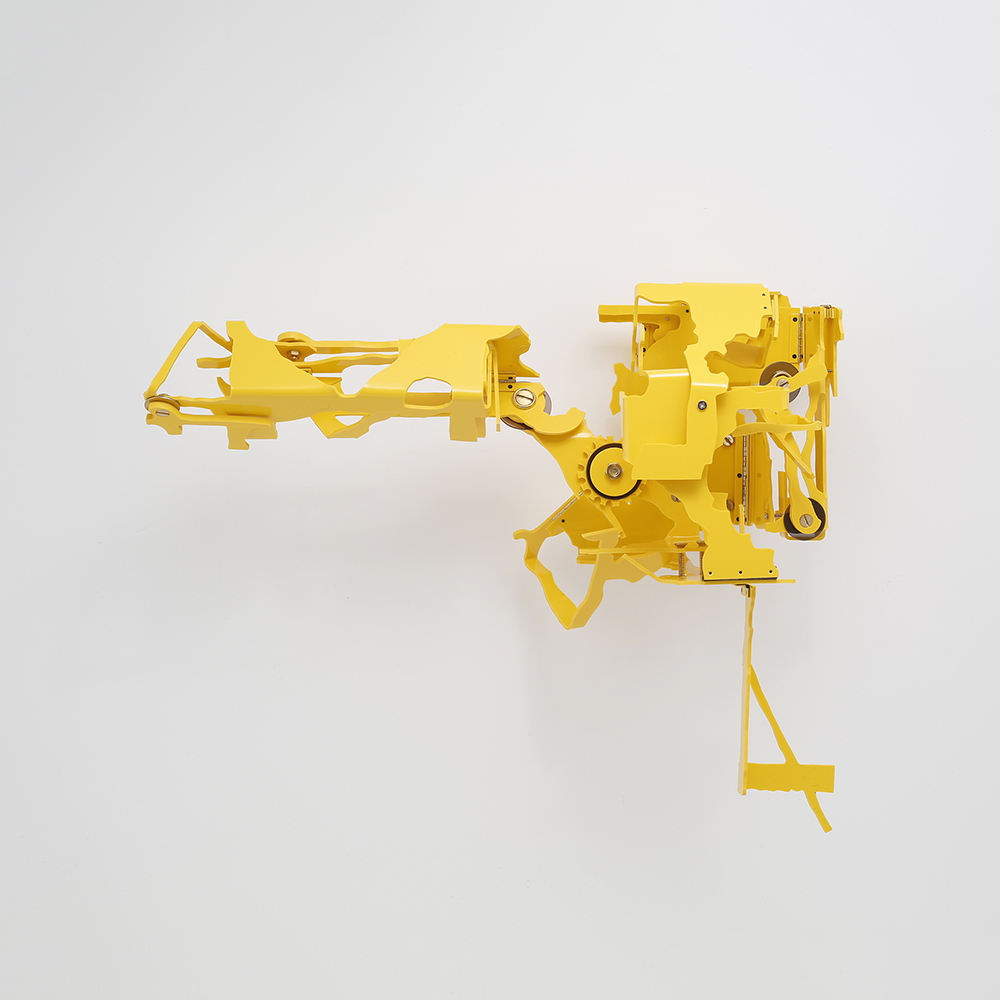
2016
27 x 24 x 15 cm
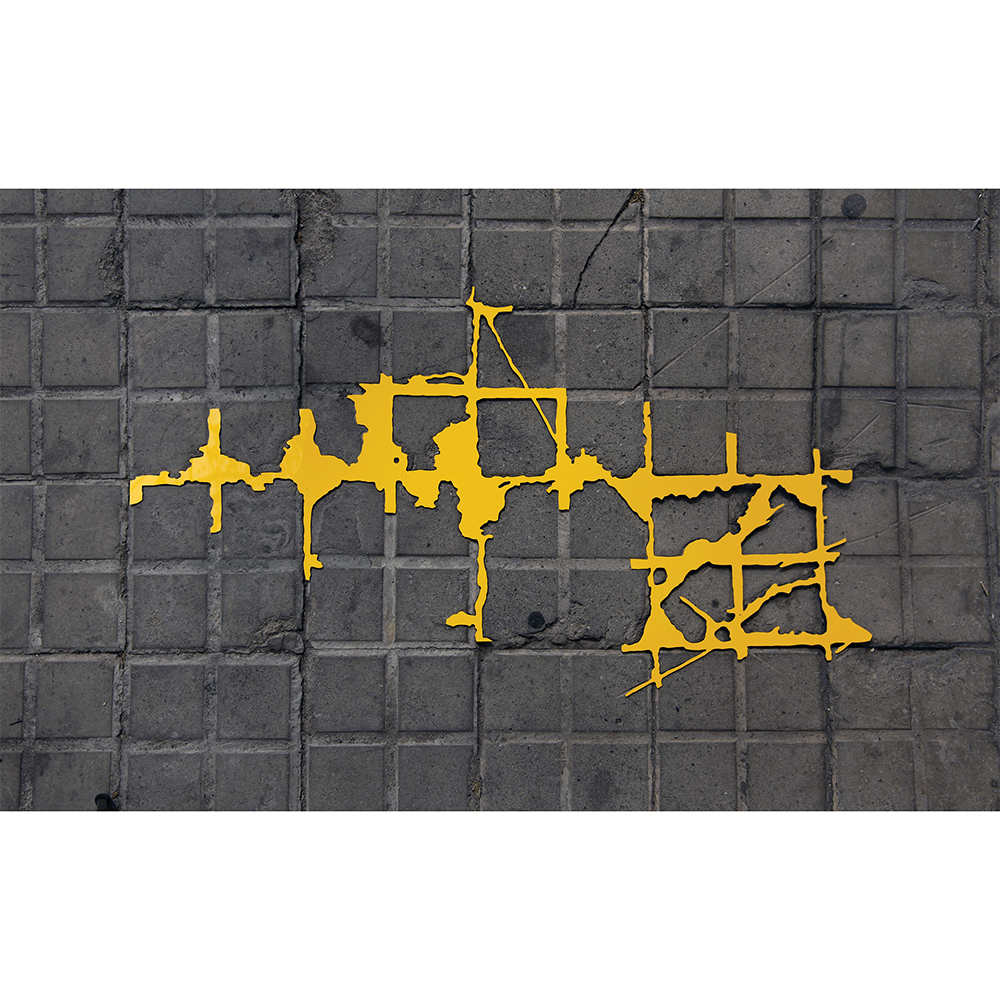
Carrer De Tanger 35
2014
84 x 48 cm
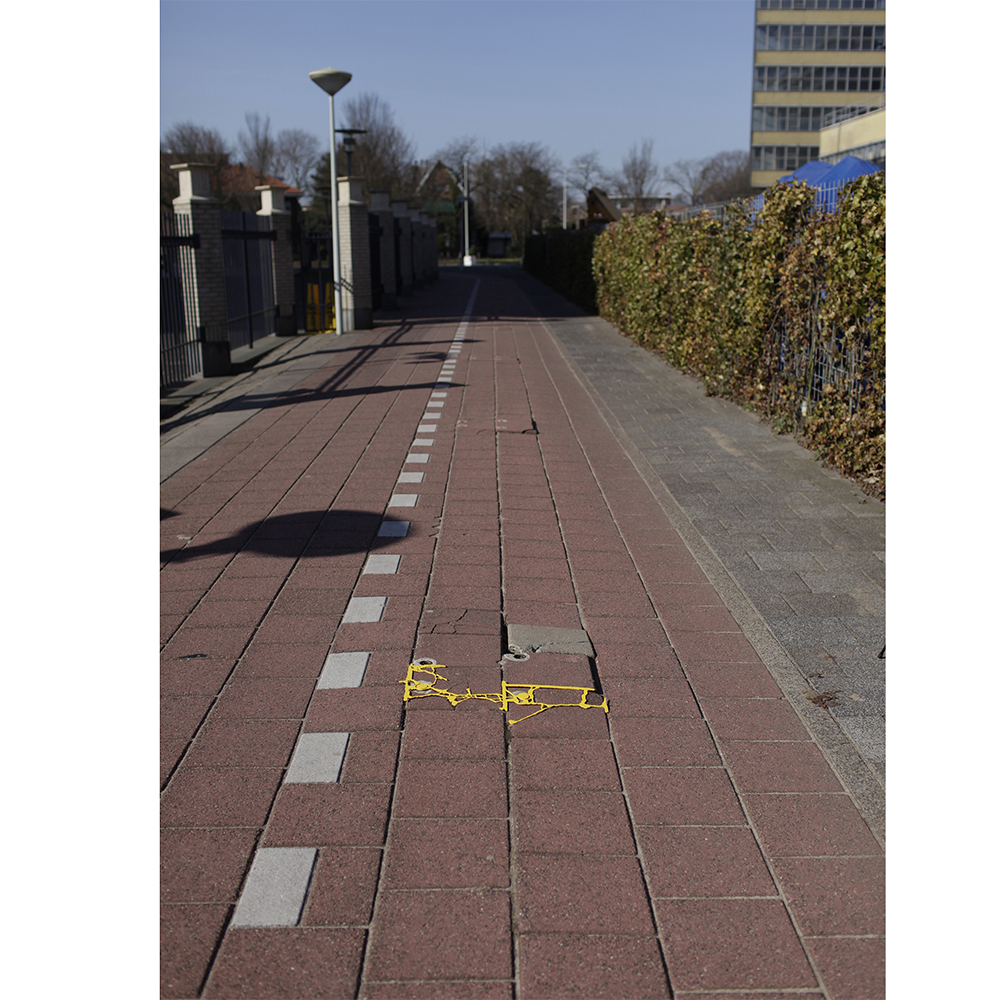
the Netherlands
2015
65 x 42 cm

the Netherlands #2
2015
19.5 x 16.5 x 9 cm
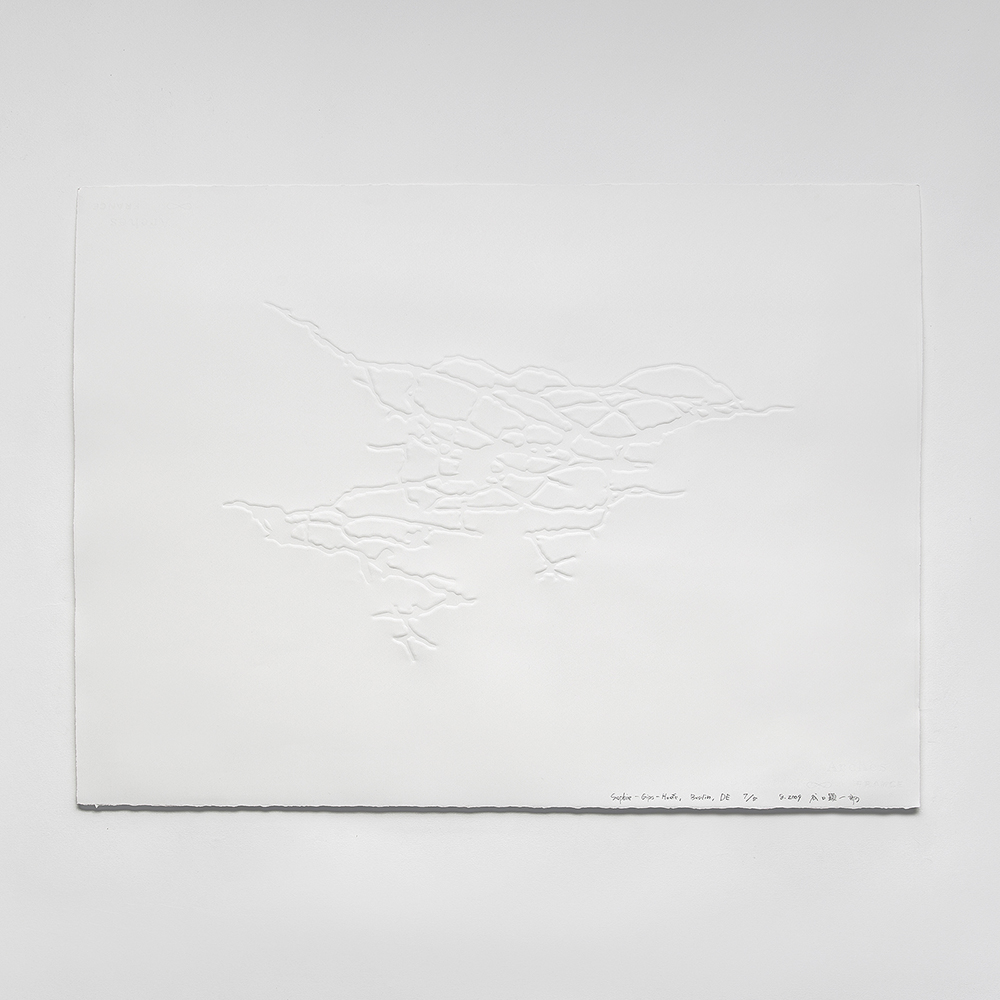
Berlin, Germany
2009
75 x 55 cm
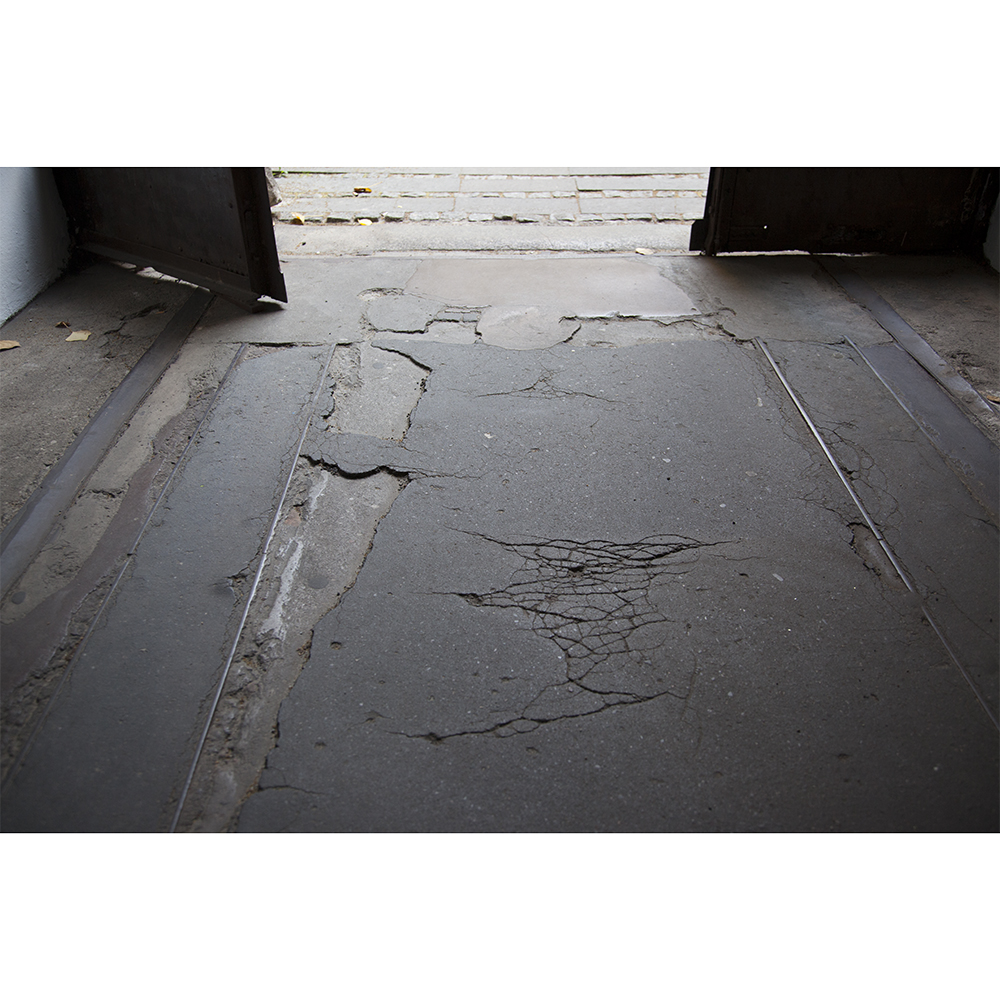
Berlin, Germany
2009
45 x 49 cm
